
It is the use of music and songs as a promotional tool to promote a brand or product. This strategy can include using songs in advertisements, creating custom music clips, or using music in marketing campaigns to create an emotional connection with the audience.
Characteristics and characteristics:
1. Use of music: Relying on songs and musical pieces to attract the attention of the audience and enhance marketing messages.
2. Emotional impact: Using music to create specific feelings such as happiness, enthusiasm, or sadness to connect the audience with the brand.
3. Personalization: Creating custom music clips that align with the brand identity and marketing campaign goals.
4. Comprehensiveness: Music can be used in a variety of marketing channels such as TV ads, radio, and social media.
Benefits:
1. Increased engagement: Music attracts attention and creates an emotional interaction with the audience, which enhances the effectiveness of marketing messages.
2. Improved memory: Attractive songs can help improve brand recall and increase recognition.
3. Building identity: Music can contribute to building a strong brand identity by distinguishing marketing campaigns.
4. Expansion: Music helps reach a wider audience by spreading songs and music clips across multiple platforms.
Disadvantages:
1. Cost: Creating custom music clips can be expensive, especially if it requires collaboration with artists or bands.
2. Direction: Music may not be suitable for all types of products or brands, which requires careful study before choosing it.
3. Repetition: If the same music is used repeatedly, it may lose its impact and become boring to the audience.
4. Legal issues: There may be legal challenges related to copyright and using music without permission.
Types:
1. Music ads: Using songs in TV and radio ads to enhance promotional messages.
2. Custom songs: Creating brand-specific songs that include promotional messages.
3. Collaboration with artists: Collaborating with famous artists to promote products or brands through songs and music clips.
4. Music in digital content: Using music in videos, podcasts, and social media to attract attention and enhance marketing messages.
Arabic examples:
1. "Pepsi": used the song "Boss Boss" to attract young people and increase interaction with the brand.
2. "Orange": used the song "Habibi Ya Nour El Ain" in its promotional campaigns to enhance its popularity.
3. "Bank Misr": released the song "Bank Misr" to promote its banking services and enhance the audience's connection with the brand.
4. "Mobinil": used the song "Ala Bali" in its advertising campaigns to enhance its marketing messages.
Foreign examples:
1. "Coca-Cola" ads: used the song "I'd Like to Buy the World a Coke" to promote its drinks and build an emotional connection with the audience.
2. "Apple" ads: used the song "Here Comes the Sun" in its ads to promote its products and evoke positive feelings.
3. "McDonald's" ads: used the song "I'm Lovin' It" in its advertising campaigns to create an emotional connection with the brand.
4. Nike: Teamed up with popular artists like Kanye West to produce the song “Stronger” that aligns with the spirit of the marketing campaign.
Music marketing involves using music as a promotional tool to increase engagement and reinforce marketing messages. By harnessing the emotional power of music, brands can improve their recall and build a strong identity. While music can offer great benefits, there are challenges related to cost and legal suitability that may require careful planning and comprehensive evaluation.

17/08/2024
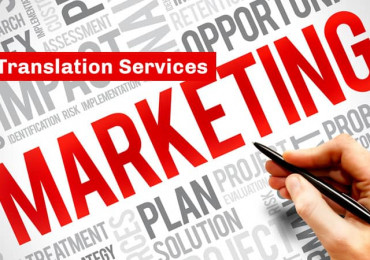
01/09/2024
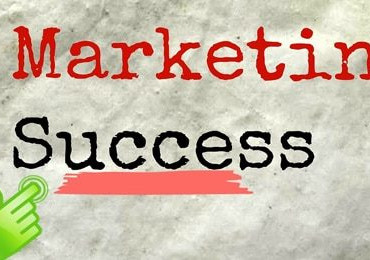
30/08/2024

26/08/2024

20/08/2024

23/08/2024

30/08/2024

20/08/2024

23/08/2024

17/08/2024
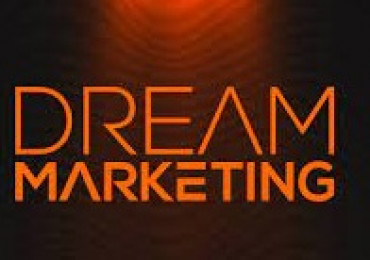
30/08/2024

01/09/2024
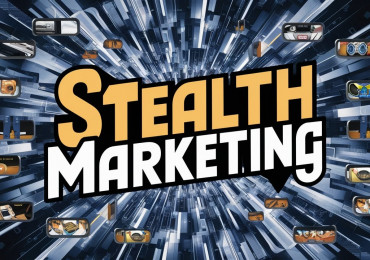
26/08/2024
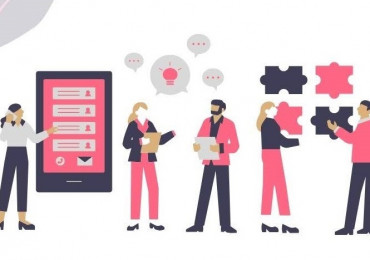
14/08/2024

14/08/2024

01/09/2024

30/08/2024

18/08/2024

30/08/2024

18/08/2024